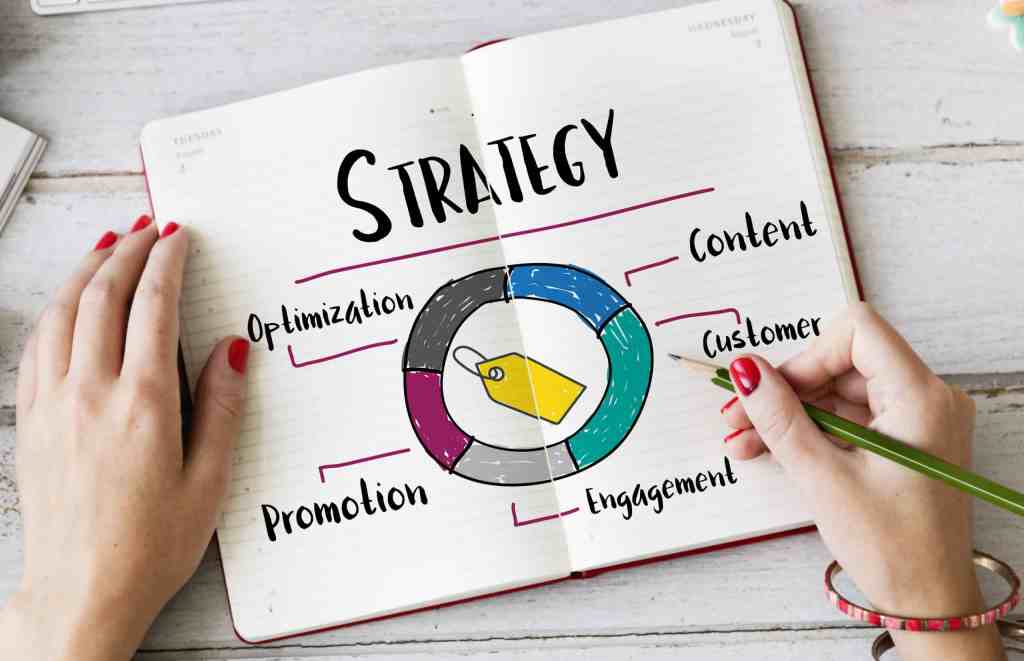Satisfied customers are a great way to foster the retailer-customer relationship, which we know has an impact on the bottom line. But the business benefits of personalization don’t stop there. In fact, that’s only the beginning.
An often missed opportunity in personalization is differentiating investment between customers. By using customer value segmentation, retailers can develop a unique strategy for each segment, then execute it by providing highly personalized content. This provides retailers with powerful insights that prevent misappropriated spend while empowering the growth of their most valuable customers.
In our work with retailers, we often see a focus on matching the right product with the right customer or personalizing content to fit a young family or a retired couple. But what we rarely hear about is how personalization’s potentially affects promotional investment. The ability to shift investment to where it will have the most impact is the primary benefit of personalization. It is essential to reaping the fruits of personalization. It is hardly discussed.
Mass promotions don’t distinguish between customers, who are just in it for the deal, purchasing no other items. A hefty amount of promotional investment is wasted on accidental customers, without real ROI.
Personalization empowers retailers to focus their promotional investment on individual customers. They can decide to offer promotions based on loyalty, responsivity, high growth potential, risk of churn, etc.
Personalization gives retailers powerful tools to shift investment to the customers that matter most. And when the customers who most drive your business feel they are getting a deal that they couldn’t get anywhere else, the rewards are huge. This is not about blind investing more. It’s about investing strategically so that every dollar delivers the maximum return.
THE LEVERS
There are several levers that can be used alternatingly and simultaneously to generate a more personal approach to investment per customer. In this blog, I will name a few, but if you are interested check out our White Paper on this topic
- Offer Count: The first lever that drives savings per customer straightforward is the number of offers. If you give some customers more offers and some fewer, you have already started to shift your investment. The number of offers will also affect the customer’s perception of the value they are receiving, making it a great first step.
- Offer Frequency: Another way to modify investment is to vary the frequency at which offers are sent. Retailers can decide, for example, that their most loyal customers will receive coupons each week, while other customer segments might get them monthly.
- Offer Value: Don’t forget to account for the actual dollar value of the offered discount. This will be tied to the value of the products being offered. A 15% discount on a new TV is not the same as a 15% discount on a box of crackers.
STRATEGIC INVESTMENT
Understanding the ways in which retailers can influence their own investment per customer, leads to strategizing investment allocation.
- Customer Value: A natural starting point is customer value. In general, higher-value customers should receive more than their share of the investment, as a means of “rewarding” them. The assumption here is that these customers are already spending all they can at a given shop, and the retailer needs to be ‘nice’ in order to retain them. Our data shows that there’s still sales growth potential even among the most loyal customers.
We have worked with retailers that had only between 50%-70% share of wallet among their top customers. This means there is still plenty of room for these customers to switch some purchases away from competitors.
- Customer Behavior: Here, we’re discussing the drivers of customer value, primarily visit frequency and basket size. High-value customers tend to have high frequency and large baskets. But digging into the middle and lower value tiers, there are various paths to the same total spend: A customer with high frequency and small baskets, or a customer with intermittent visits with very large baskets. These two customer types may have the same annual spend, but growing their sales requires very different strategies.
- Customer Risk: Another important factor is the assessment of the risk of customer churn. A good customer analytics tool will have algorithms that detect the early warning signs of customer churn and allow retailers to respond in time.
- Customer Potential: Churn’s models focus on the potential downside of a customer leaving, but let’s look at the upside, the potential of each customer. Two customers each spend $2,000 a year at a retailer. But if one does 90% of his shopping there and the other does only 50%, the second has a much greater total potential. Identifying potential can be complicated, but there are methods to assess, and at least provide an educated estimate. Whether through looking into total market data, or utilizing analytical tools to gain insight from their own data, retailers can check essentially universal categories – like toothpaste or bathroom tissue – that a customer isn’t purchasing at their stores, or investigate sporadic purchase cadence which suggests a customer is shopping at a few retailers alternatingly.
Having identified the factors to consider in allocating investment, retailers should include them in the overall strategy. The table below shows one possible approach. Each retailer’s strategy may be different, depending on the unique needs and goals of the business.

TACTICAL INVESTMENT
We’ve looked at developing a strategy for differentiated customer investment. Once it is set, it will not require major changes but should be reviewed regularly. That said, there are simple opportunities in which retailers should consider over-investing in a particular customer segment, beyond the boundaries of the base strategy. These opportunities may be individually minor, but added together and repeated throughout the year, they can combine to become a real growth accelerator.
- Life Stage: Every now and then, there’s a period of time in which a sub-set of customers would be spending more than usual. It can be because of government-issued benefits for young families, or back-to-school purchases by students in a college town. If retailers can identify customers with babies, they may consider increasing the investment in these customers and aligning it with the government payments. As for the college students, they’ll be stocking up their pantry and purchasing supplies for the coming year. Retailers should consider giving them an incentive to visit their store and win what will probably be their biggest buy of the year.
- Cultural Holidays: In many markets, there are sub-segments of customers celebrating specific holidays. We’re not talking about national mainstream holidays celebrated by a majority of people. Christmas in the US is an obvious example, and already on the radar of retailers, who all have specific Christmas strategy and tactics. There are many holidays that aren’t celebrated by the consensus but are significant to a specific set of customers. Most Canadian cities, for example, have a large Chinese population. Giving extra value to customers who routinely purchase authentic Chinese foods in the period leading to Chinese New Year, could provide a nice sales boost.
- Competitive Intensity: Retailers are often urged to be proactive in their sales and marketing efforts, but at times they need to react to competitors’ activity, sometimes in as specific as a single region or individual store. Rather than confronting them with a hot ad and potentially starting a price war benefitting no one, retailers should consider cranking up the value of the offers for customers in that region. The personalized approach will help keep the loyal core while being completely invisible to competitors.
- Local Store Activity: Adjustment is required to retailers’ own activity, not just to the competition. If a shop has been closed for renovations, the week of the re-opening is a great opportunity to offer extra value to the customers of that shop. It’s a nice way to thank them for their patience and show appreciation for their loyalty.
Notice that none of these tactics is about sending specific items to customers, like diaper offers for moms, or meatless burgers for vegetarians. The point is to re-allocate the total investment to certain customer segments so they’ll earn more ROI. The offers will still be on their personal favorites, but there will more offers, better offers, or higher frequency offers.
Once you embrace the principles discussed here, you’ll experience the true power of personalization, and its effect on moving the needle.
Learn How to Develop the Right Strategy for Your Customers




